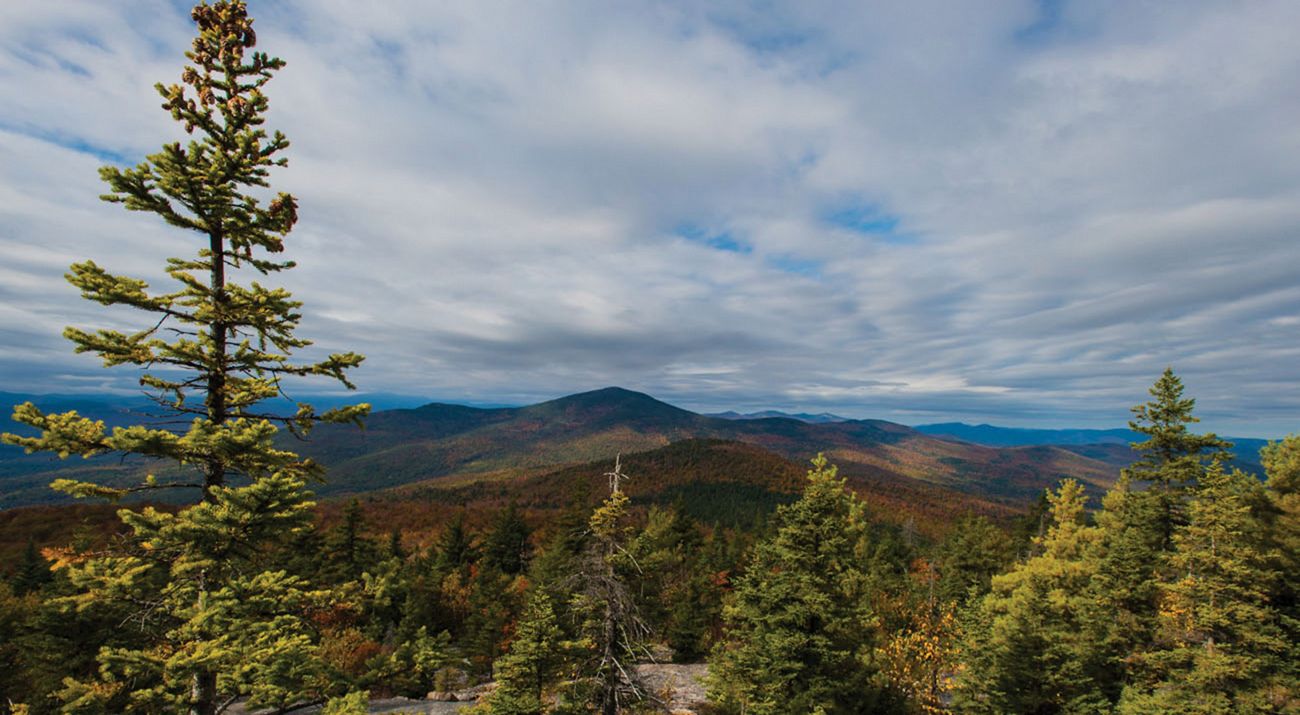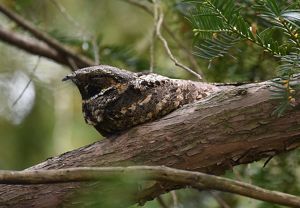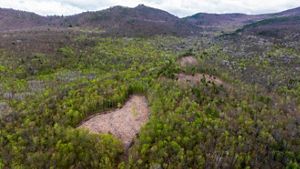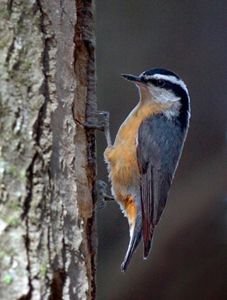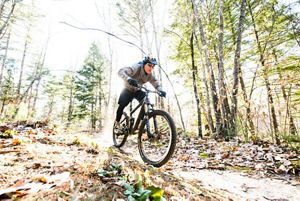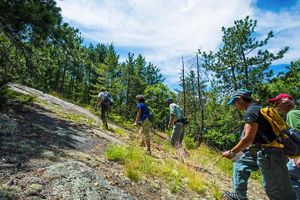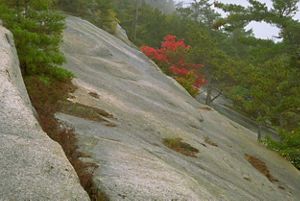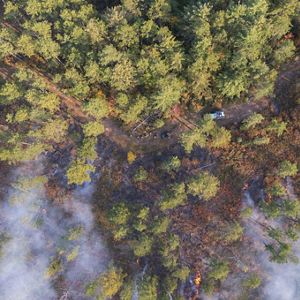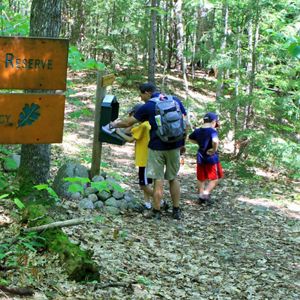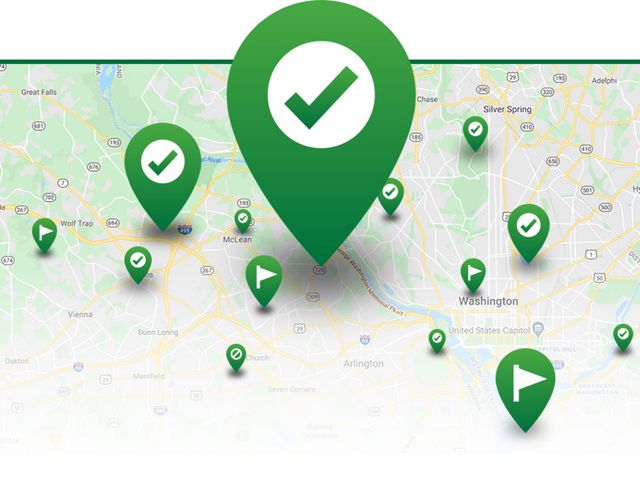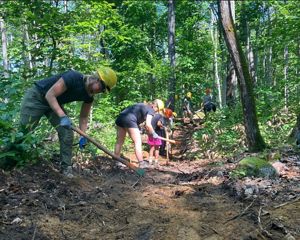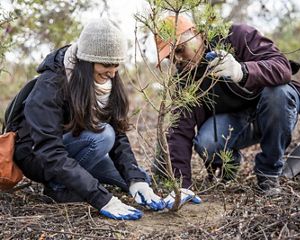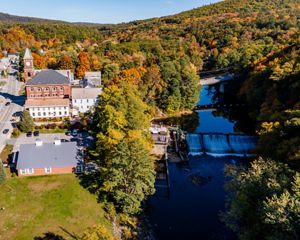Description
Just east of the hustle and bustle of North Conway Village lies a ridge of small mountains with bald peaks and outstanding views of Mount Washington and the Presidential Range. More than 5,500 acres of this ridgeline and three mountain peaks are protected in The Nature Conservancy’s Green Hills Preserve.
Here, visitors are rewarded with excellent hiking and opportunities to view unusual red pine rocky ridge habitat and rare plants like White Mountain silverling, smooth sandwort and green adder’s mouth. In addition to its exposed ridge habitats, the preserve also features wetlands, mixed hardwood forests and hemlock groves, which support a diversity of White Mountain wildlife like black bear, bobcat and wood warblers. On summer evenings, the bald peaks also provide a great place to watch for common nighthawks and listen for the ethereal songs of whip-poor-wills, which are thought to nest near the summits.
